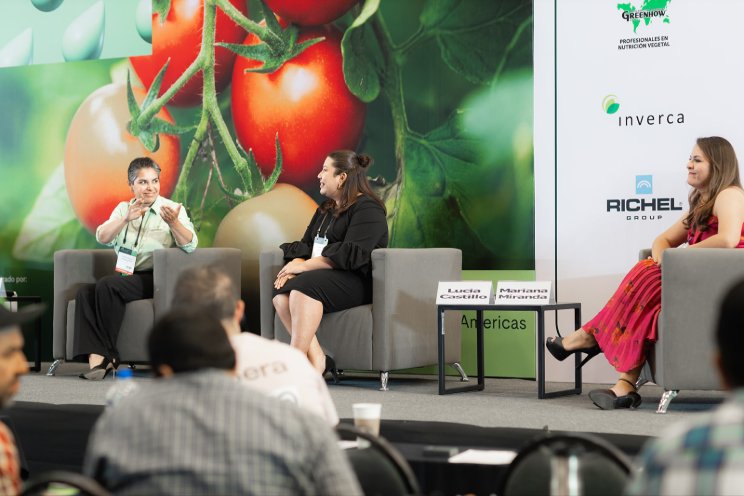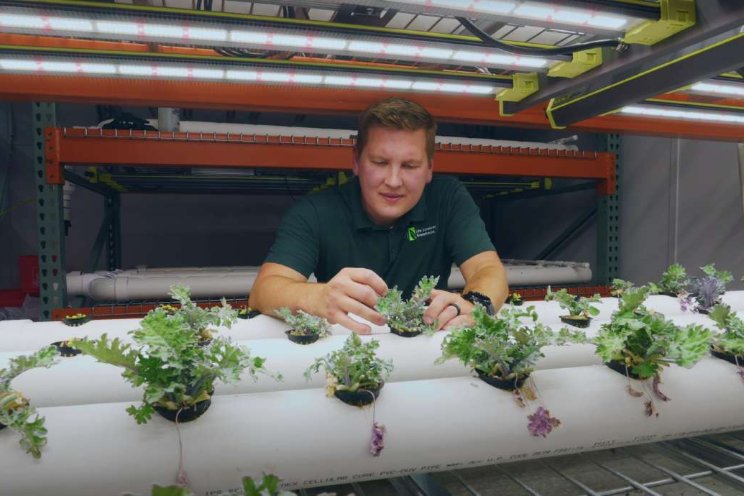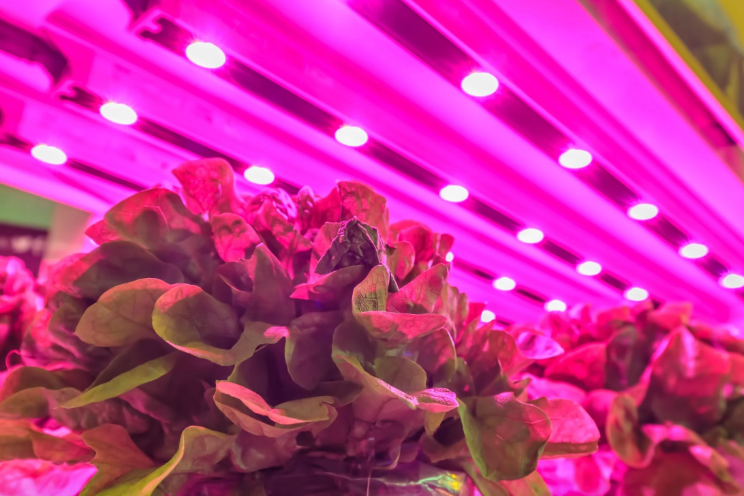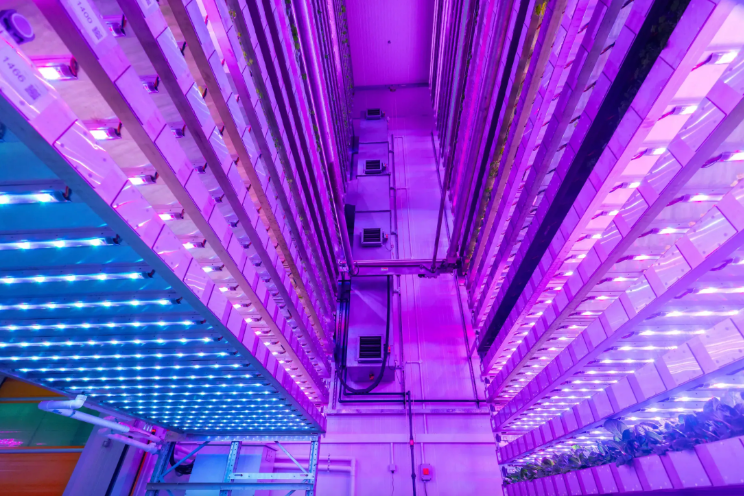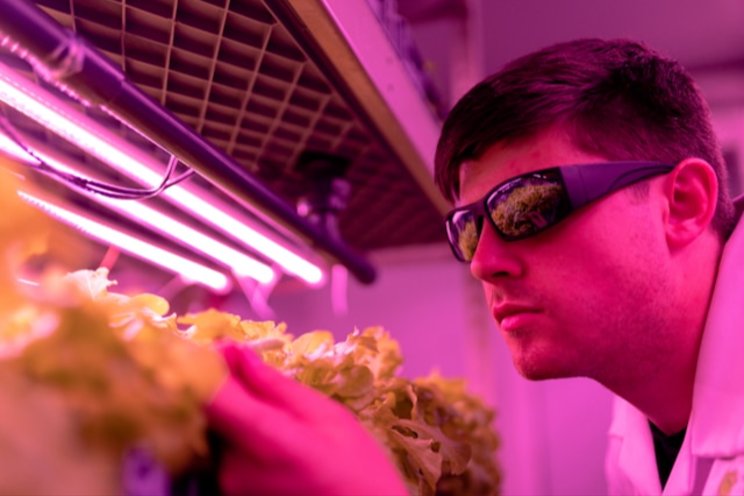Can Artificial Intelligence predict production?
Added on 16 January 2020
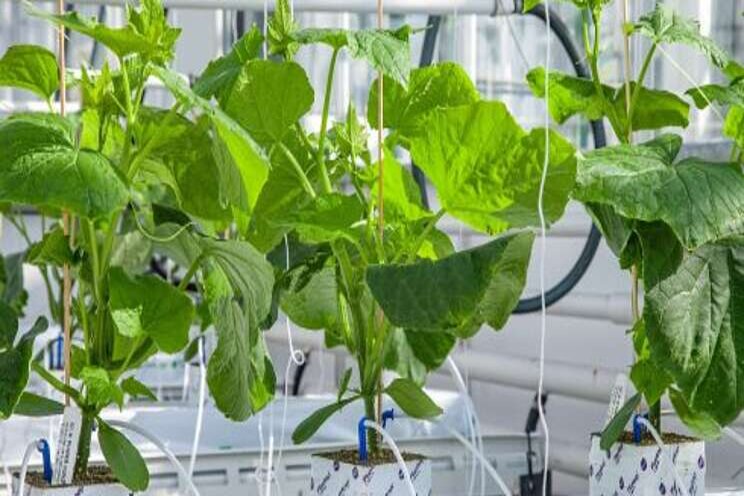
A greenhouse is a complex system with several components such as the crop, climate and irrigation strategies. Within this system sensors measure various plant characteristics with optical and imaging techniques. As a result the plant itself acts as a sensor of its own biological status and its environment. Nowadays, growers monitor the crop and decide on alterations of their greenhouse management to achieve production goals.
<section style="margin: 0px; padding: 0px; border: 0px; font-style: normal; font-variant-ligatures: normal; font-variant-caps: normal; font-variant-numeric: inherit; font-variant-east-asian: inherit; font-weight: 400; font-stretch: inherit; font-size: 13px; line-height: inherit; font-family: verdana, sans-serif; vertical-align: baseline; display: block; color: rgb(51, 51, 51); letter-spacing: normal; orphans: 2; text-align: start; text-indent: 0px; text-transform: none; white-space: normal; widows: 2; word-spacing: 0px; -webkit-text-stroke-width: 0px; background-color: rgb(255, 255, 255); text-decoration-style: initial; text-decoration-color: initial;">
Capturing the intuition and 'green fingers' of experienced growers with sensors that continuously collect data can offer great opportunities. A database can be filled with meaningful and adequate data describing the status of climate and crop. Useful information in the datasets can be distilled and used towards data-driven decisions made with AI.
The GrowDat project aims to develop an AI framework that identifies the important climate and crop parameters for making accurate yield predictions. AI can support growers' decisions, better understand underlying processes and discover new patterns of the greenhouse production system.
</section>
Source and photo courtesy of Wageningen University
Source: Wageningen University & Research
More news


